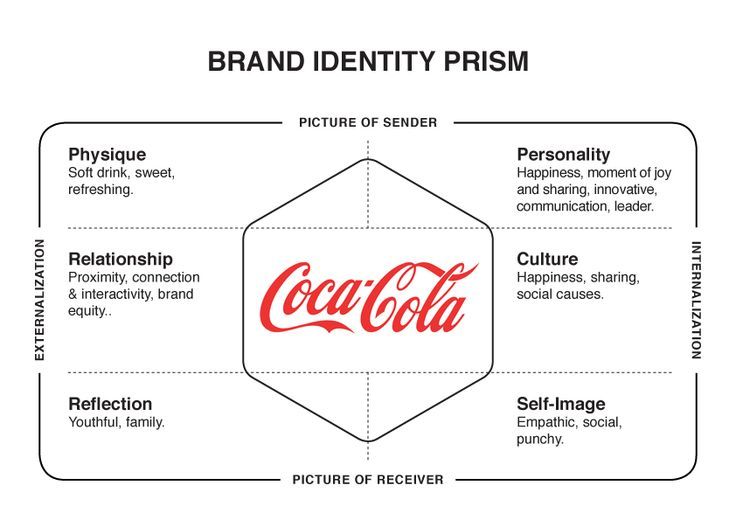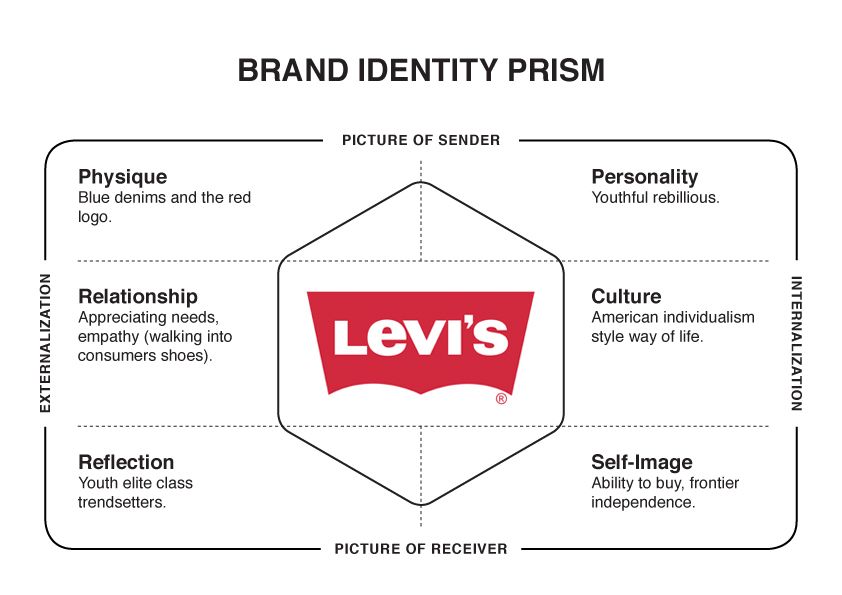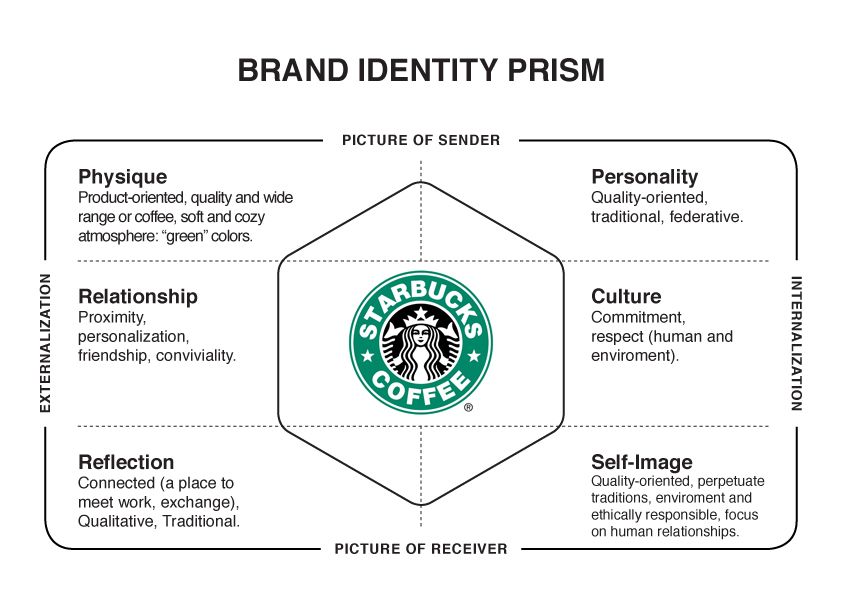This is the content.php article
Month: August 2022
This is the content.php article
This is the content.php article
Logos, fonts, taglines. These might be a few elements you associate with a brand’s identity. But there’s much more to it. Viewing your brand through the lens of Kapferer’s Brand Identity Prism allows you to examine its strengths, weaknesses, and how they’re communicated to customers using six elements: physique, personality, culture, relationship, reflection, and self-image.
As a renowned brand identity and management expert, Jean-Noël Kapferer conceptualized the model to help companies create stronger brand relationships with consumers.
The six elements of the Brand Identity Prism
To understand how the concept works, you must break down each element of the prism, starting with:
Physique
According to Kapferer, some of the questions surrounding physique include: What does the brand look like? What function does it serve to the customer? How are people able to recognize it? The image that appears when people think of your brand is its physical appearance and even the brand’s name.
Personality
Much like the brand personas marketers create, the character of a brand is delivered through targeted communications. Brands with solid and recognizable personalities (think Apple or Disney) have a specific tone and voice people quickly associate with them. Kapferer recommends extending this into celebrity endorsements, so the “celebrity’s personality [matches] the brand personality.”
Culture
A brand’s culture often refers to the “values and principles” communicated to buyers. Culture also includes how a company conveys these beliefs internally. For instance, companies like Zappos serve as a beacon of providing an empathetic, positive work environment and world-class customer service. With this dedication to their values, they differentiate themselves from their competitors through compassionate authenticity.
Relationship
Relationships between brands and those who love them can be fulfilling, joyous, and even complicated. Each interaction with a business adds to or takes away from consumers’ relationship with them. Customer service, product design, and reputation are only a few key components that build and maintain these connections.
Reflection
Part of establishing a positive association between brands and audiences is to give people a chance to see themselves in it. Depending on the type of brand, this may include showing a representation of the target demographic. It would reflect what audiences cared about and how those motivations align with the brand.
Self Image
Since ‘reflection’ deals with how closely people can see themselves in the brand, self-image refers to what they think of themselves. In essence, how does the brand support one’s ego? The view they have of specific brands enables them to “develop a certain type of relationship with themselves,” according to Kapferer.
How does the Brand Identity Prism help businesses?
Coherent brands reflect and project their core values. When each part of the Brand Identity Prism is fully defined, businesses can truly build relationships with customers that are interconnected and meaningful.
Businesses that flourish in this regard have established precise, solid positioning throughout their marketing platforms and use the prism to achieve recognition and continued growth.
When applied in reality, you can clearly see how the model’s six elements break out to define brands.

Coca-Cola
In the case of the world’s most famous beverage company, the Brand Identity Prism shows how each element encompasses the ideals of the company and how they want to be perceived as happy, youthful, social, and empathetic.

Levi’s
Known for being rebellious trendsetters, Levi’s prism displays these characteristics of this iconic brand. The brand encourages blanket individualism and courage at almost every prism point.

Starbucks
Starbucks’s Brand Identity Prism breaks down the company’s emphasis on personalization and a commitment to humanity and the environment through its internal and external presentations.
Where do you fit on the prism?
If you don’t take the time to define your brand identity, people may not understand it as it currently exists and naturally won’t feel connected to the business.
To avoid this, sit down and write a list of the words you would use to describe your brand. Think about the following questions:
- – What is our customer service like?
- – What are your values?
- – How do you consistently show up for customers?
- – How do you show your commitment to the brand’s internal team?
- – Which traits represent how customers want to see themselves?
Consider all the factors contributing to people trusting and believing in your brand and its products.
Then go deeper. Saying you “believe in transparency” or are “experts in your field” isn’t enough. The Brand Identity Prism relies on the takeaways from the questions above to create better marketing campaigns and brand associations.
After writing this out, you can quickly disseminate the information into your own prism. From there, you can use it to define and mold your visuals, voice, personality, and brand messaging to continue building more emphatic customer relationships.
This is the content.php article
This is the content.php article
This is the content.php article


